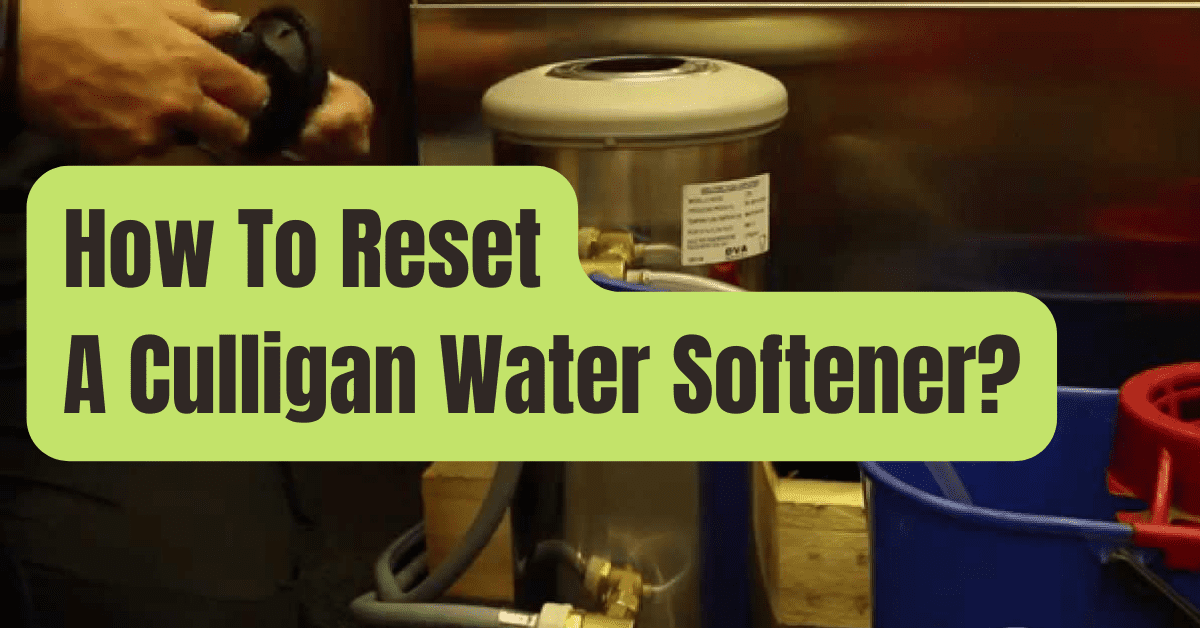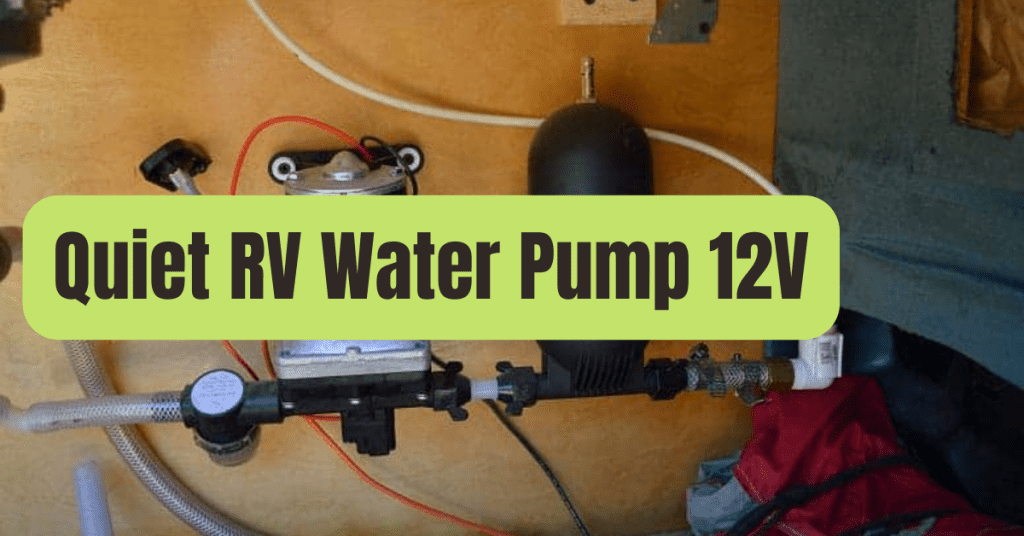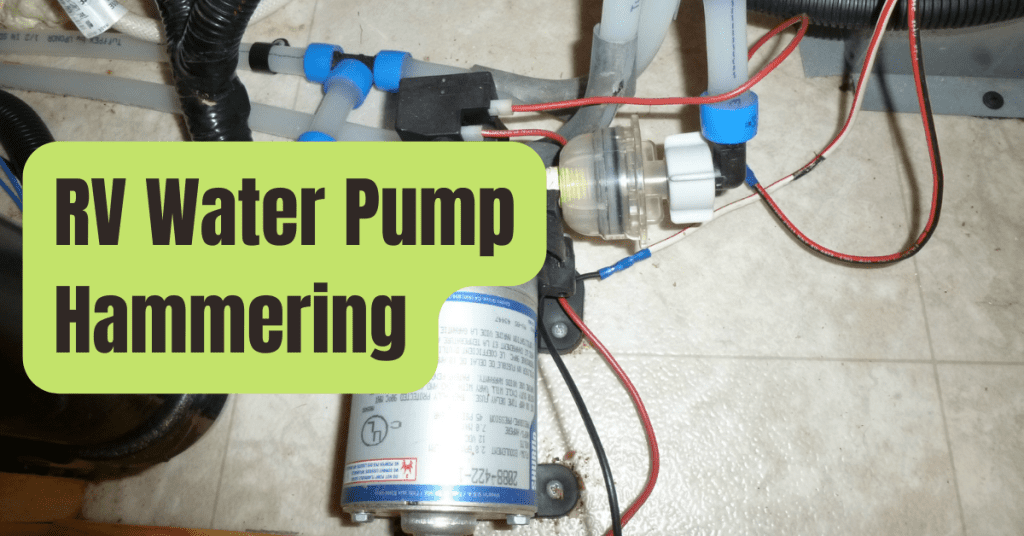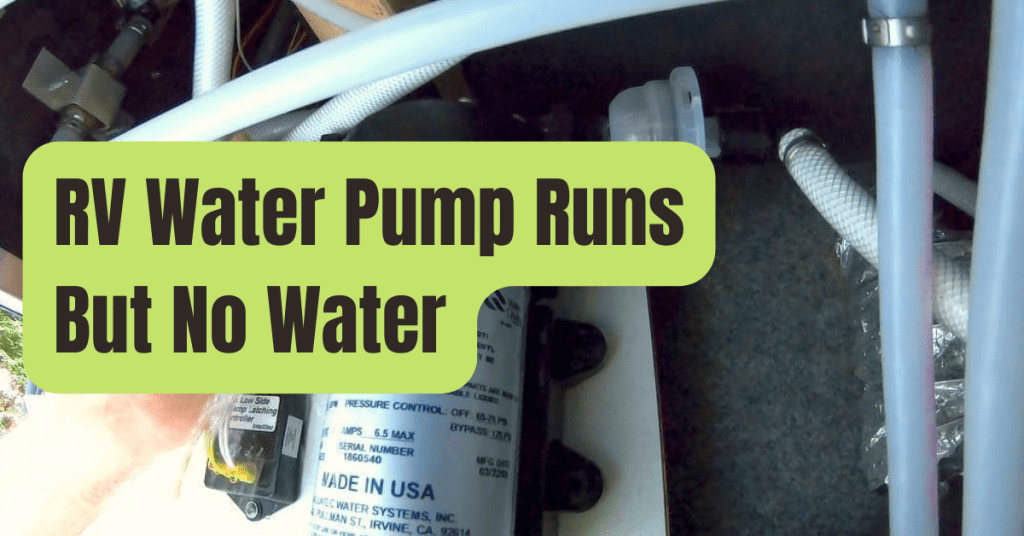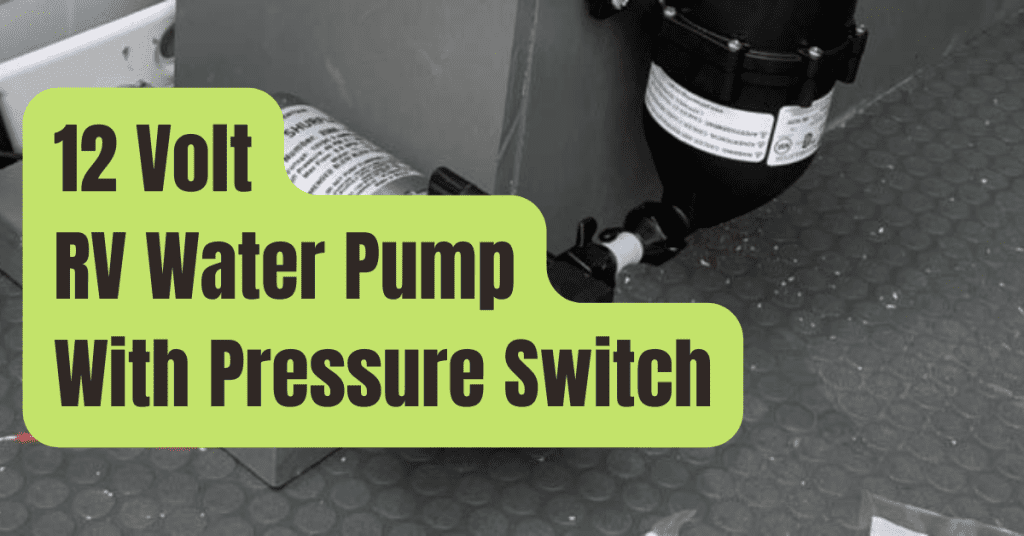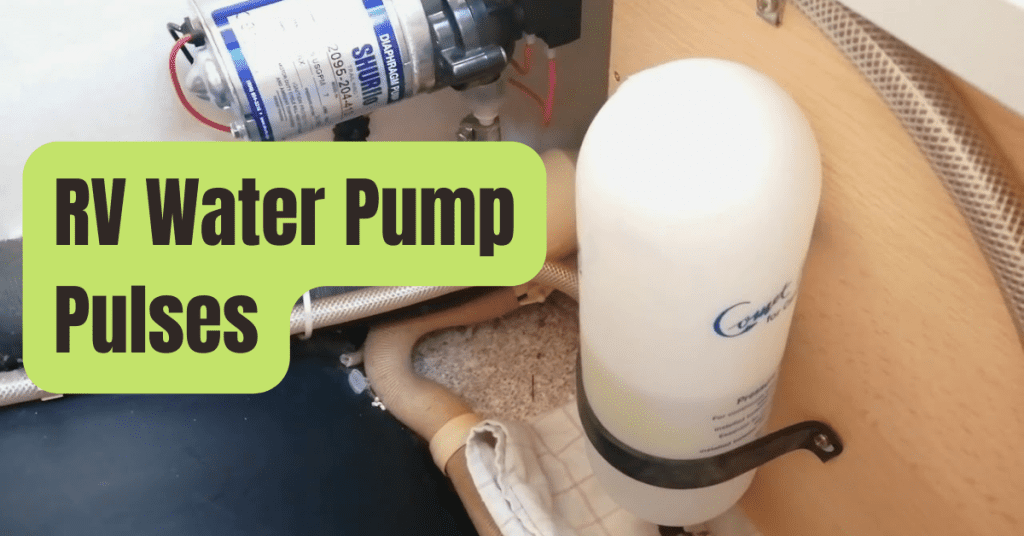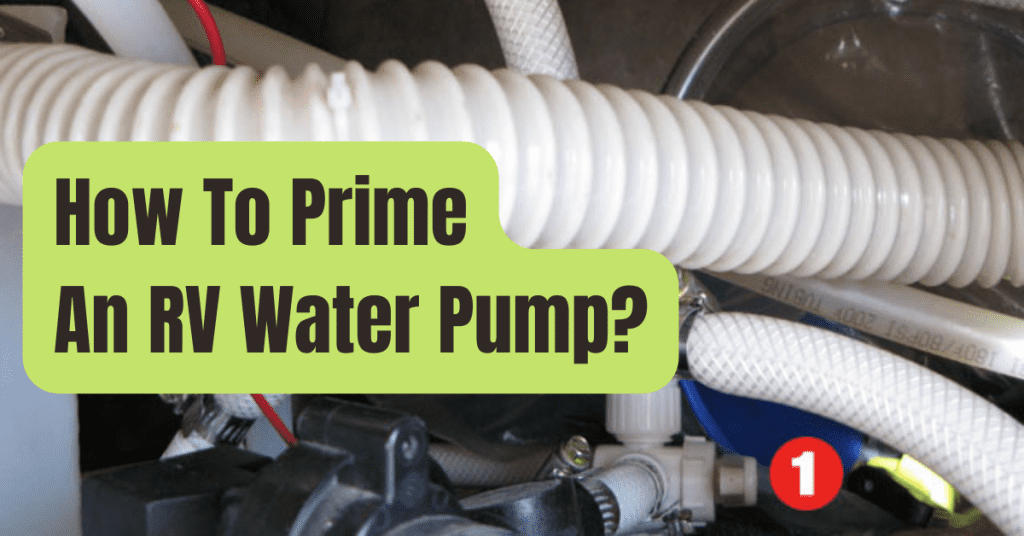If you have a Culligan water softener, you should understand how to reset it and initiate regeneration as necessary.
If water softeners are not regularly reset and regenerated, they will not work correctly.
This procedure will make sure that you obtain the outcomes you want.
Culligan Water Softener Reset & Regenerate Procedure
You must decide whether you are regenerating for a future time period or right now in order to reset and regenerate your Culligan water softener.
The system will start the regeneration process when you choose the checkmark button and hold it for the necessary period of time.
You could notice that the water from your faucets doesn’t seem as soft or that there is mineral buildup around your taps.
Regenerating your water softener system is crucial and there are a number of reasons why you may want to.
You may use the information provided here to decide if you should regenerate your water softener and to follow the steps necessary to do so.
Culligan has supplied this information, and that is precisely what must be done to finish the reset and regeneration cycle.
What Functions Does a Water Softener Serve?
Many individuals could ponder if they need a water softener and, if so, what it serves.
A water softener is a fantastic choice if you live in an area with hard water.
How can you tell whether your neighborhood has hard water? The fact that well water would be hard is a good place to start.
The majority of Americans’ homes have hard water, according the US Geological Survey.
There are several water hardness levels that might be encountered.
Based on how much calcium carbonate is present in the water, the US Geological Survey calculates the degree of water hardness.
They are measured in parts per million (ppm), milligrams per liter (mg/L), or grains per gallon (gpg.)
- Soft – Soft water has concentrations of 0 to 60 ppm, 0 to 60 mg/L, and 0 to 3.5 gpg.
- Moderately Hard – Water with 61-120 ppm, 61-120 mg/L, and 3.56-7.01 gpg is considered moderately hard.
- Hard – Hard water is water with levels of 121–180 ppm, 121–180 mg/L, or 7.06–10.51 gpg.
- Very Hard – Water with more than 180 ppm, 180 mg/L, and more than 10.51 gpg is considered to be very hard.
Your water may be made soft by using a water softener, also known as an ion exchange unit.
Calcium and magnesium are the two primary minerals.
If you live in an area with hard water, a water softener is crucial since hard water may lead to a variety of issues within a house.
Hard water may result in mineral buildup around taps, soap scum residue in bathtubs and washing machines, dry, itchy skin, patchy glasses and dishes, and decreased efficiency of certain hot water equipment.
Installing a water softener in your house has several advantages.
Softer skin, better hair and scalp, less wear and tear on your pipes and appliances, cleaner dishes, and the elimination of unpleasant tastes and aromas in your water are a few of these benefits.
How Can You Tell When to Reset?
There are certain symptoms that may point to the necessity for a reset and regeneration of your water softener.
- Hard Water Spots Start to Appear – You may start to see hard water stains on your glasses and shower door. Mineral accumulation might be a sign that your unit is malfunctioning in addition to water spots.
- Water Feels Different – If you are used to having soft water in your house, you will notice very immediately if the water flowing through your plumbing is not soft. You may have noticed that your skin still has a soap film on it after taking a shower. Additionally, your skin may start to feel very dry and irritated.
- Water Pressure Changes – If you discover that your home’s water pressure has changed unexpectedly, your water softener system may be clogged or experiencing other issues.
Checking the salt levels in your water softener’s brine system is an easy approach to inspect the system if you observe any of these things occurring in your house before doing the reset and regeneration procedures.
This might be a quick cure if you realize that you need to add additional salt.
What Does Your Water Softener’s Regeneration Mean?
Your water softener has to regenerate in order to keep working effectively and be able to remove the undesirable minerals from your water.
The resin beads can only hold so many minerals before they lose their ability to function properly.
At this point, the whole system has to be flushed with a saltwater solution.
The whole system will be flushed clean when the salt combination is sent through each chamber of the water softener.
In turn, the resin beads will be able to remove the minerals from your hard water once again, allowing only soft water to flow through your plumbing.
The Culligan Water Softener’s Reset & Regenerate Procedure
#1. Long-Term Regeneration
Use the procedure for a delayed regeneration if you wish to schedule the regeneration at a later time.
- You will tap the checkmark icon once you are on the home screen. Release the button after at least three seconds of holding it.
- The regeneration state ought to be shown on the screen. The system should display the regeneration time, which will probably state “REGEN TONITE” with a date and time, on the screen.
- Then press and hold the checkmark button for 3 seconds if you wish to cancel a planned delayed regeneration. If the regeneration process has been stopped, the screen should say “REGEN OFF.”
#2. Quick Regeneration
If you want to immediately begin the regeneration process, this method is optimal.
- Press the checkmark button and hold it for at least 10 seconds when you are on the home screen.
- The regeneration status should now be shown on the screen. The system need to instantly begin the regeneration process after displaying “REGEN NOW.”
- It should flash “REGENERATING” as soon as the regeneration procedure has begun successfully.
#3. Eliminate Regeneration
There is a method to skip your water softener’s regeneration procedure if you wish to.
If you just use water outdoors, the bypass approach is advantageous and is permitted by certain water softeners.
For outdoor cleaning or gardening, softened water is not necessary.
- You will need to press the downward arrow button to leave the home screen.
- To switch to manual mode, use the downward arrow and checkmark buttons.
- Following that, you’ll see a list of choices, among them “BYPASS.”
- Bypass time period may be chosen by clicking the checkbox.
- The manual bypass time periods will then appear on the screen.
- To choose the time period, click the checkbox and then use the up and down arrows.
- Pick from 30, 60, 90, or 180 minutes.
- To make the final decision, click the checkmark button.
- To go back to the home screen, press “XX.”
Culligan Water Softener Types
To meet the unique demands of your house and lifestyle, Culligan provides a variety of water softeners.
You should take the time to do your research and think through which alternative, based on the size of your home and how much water you regularly use, will work best for you.
#1. Smart High-Efficiency Water Softener by Aquasential
Culligan designed the Aquasential water softener to make owning a water softener as simple as possible.
Due to its effectiveness, this water softener may save running expenses by up to 46%.
Through the Culligan Connect app, you can monitor everything with this water softener.
You may assess the condition of your water softening system and establish personal water use objectives.
The software will also monitor your body’s salt levels and alert you to any problems.
The tank is a great option from Culligan since it is long-lasting and resistant to corrosion, rust, and UV radiation.
#2. High-Efficiency Water Softener by Culligan
The Culligan high-efficiency water softener is designed to save expenditures by up to 46%, much as the Aquasential water softener.
One of the most effective water softeners in the world, despite not supporting the Culligan Connect app.
The fact that this water softener only regenerates when necessary may be advantageous in certain families.
The water softener system might also be disregarded.
This will enable you, if you so want, to not utilize softened water for outdoor use.
Additionally, the tank is immune to corrosion, rust, and UV radiation.
Unlike a standard rotary valve system, this one employs a non-corrosive valve.
#3. Select Series Water Softener by Aquasential
Water softening is possible with the Aquasential select series water softener while also being more reasonably priced.
Although this system is less effective than other Culligan water softening systems, it still gives all of the advantages of using a water softener while also enabling you to preserve your pipes.
Can A Water Softener Regenerate By Itself?
A Culligan water softener will automatically renew.
It may renew on demand or when the system recognizes the need for regeneration.
If the system is renewing on its own, it will usually regenerate every 3 to 7 days depending on how much water you use, and the full process usually takes around 90 minutes.
It’s crucial to have a water softener that is tailored to your home’s particular requirements.
A water softener that is too tiny will need to renew too often.
The water softener may renew seldom if it is too big, but it will consume more salt than is necessary.
How Much Water Does a Water Softener Need to Renew?
The quantity of water needed to renew a water softener is a frequent worry shared by individuals.
The amount of water needed to complete the regeneration process will normally range from 35 to 65 gallons, depending on the size of the water softener.
The size of the water softener and the hardness of your water will both affect how much water is required to renew the system.
The system will accumulate more rapidly and need regeneration the harder the water is.
The amount of water needed to flush the water softener can increase if there is a significant accumulation in the system.
The crucial thing to keep in mind is that even though it uses a lot of water to regenerate, you are still saving money by preventing the harm that hard water may do.
How To Measure The Softness Of Water
You may wish to test your own water if you are seeing any of the signs of hard water.
There are methods to test your water to determine the exact amounts of hardness present in it, in addition to at-home testing that might provide you with a decent estimate.
#1. Homework Tests
Use an empty water bottle with a cap if you want to do a quick test at home.
Add water to the bottle until it is 1/3 full.
Add some liquid soap, then give the bottle a good shake.
You have hard water if the shaken bottle produces no bubbles and the water is murky.
Soap won’t bubble up as it should with hard water.
Washing your hands in the sink with liquid hand soap is a simple and basic at-home exam.
You have hard water if your soap does not bubble when you rub it between your palms.
#2. Exam Kits
The majority of home improvement shops as well as internet both sell test kits.
These test kits are very easy to use at home and may provide precise findings in just a few minutes.
Usually, all you have to do is fill a cup with water from one of your faucets and submerge the test strip for the advised period of time.
You may read the findings on the test strip after the allotted period of time has gone.
Your home’s plumbing system’s water hardness levels will be more precisely measured as a result.
#3. Company Evaluation
There are numerous firms, like Culligan, that may send a specialist to your house to perform the water testing if you don’t want to do it yourself at home.
The majority of the time, they can do the testing at your house and inform you right away of the results for easy tests such as iron, chlorine, and water hardness.
But a professional may send a sample of your water to a lab for more thorough examination.
Your water may be tested in the lab for germs, lead, copper, and a variety of other toxins.
When to Test the Water
There are many situations in which it is advantageous to test your water.
Regardless of whether you utilize an at-home water test or have a professional enter your house to perform the testing for you, it would be a good idea to get your water tested if any of the following situations apply to you.
- Moving – If you just moved, it could be a good idea to get your water tested, particularly if you are in a new region and you are unsure of the water quality there.
- Well Water – If you reside in a region where well water is used, you should always get your water tested. It is crucial to ensure that well water is clean, safe to drink, and to monitor the levels of hardness since well water is not maintained in the same way as water from public water systems.
- Problems with Taste or Odor – You may discover that your water smells or tastes different. This is a strong hint that you should get your water checked. Checking the hardness levels is a good idea, but you should also get your water tested for impurities if you notice any changes in taste or odor.
- Buildup – Any kind of buildup suggests that something is wrong with your water. Water stains on your dishes, scum building in your showers and tubs, or even buildup in your washing machine, might all be examples of this. These are signs of hard water and indicate that you should test your water.
The Amazon Services LLC Associates Program, an associate advertising program created to provide websites a way to make money via advertising and linking to Amazon.com, is where Freedom Residence participates.
We take part in other affiliate programs that pay us for recommending customers.

